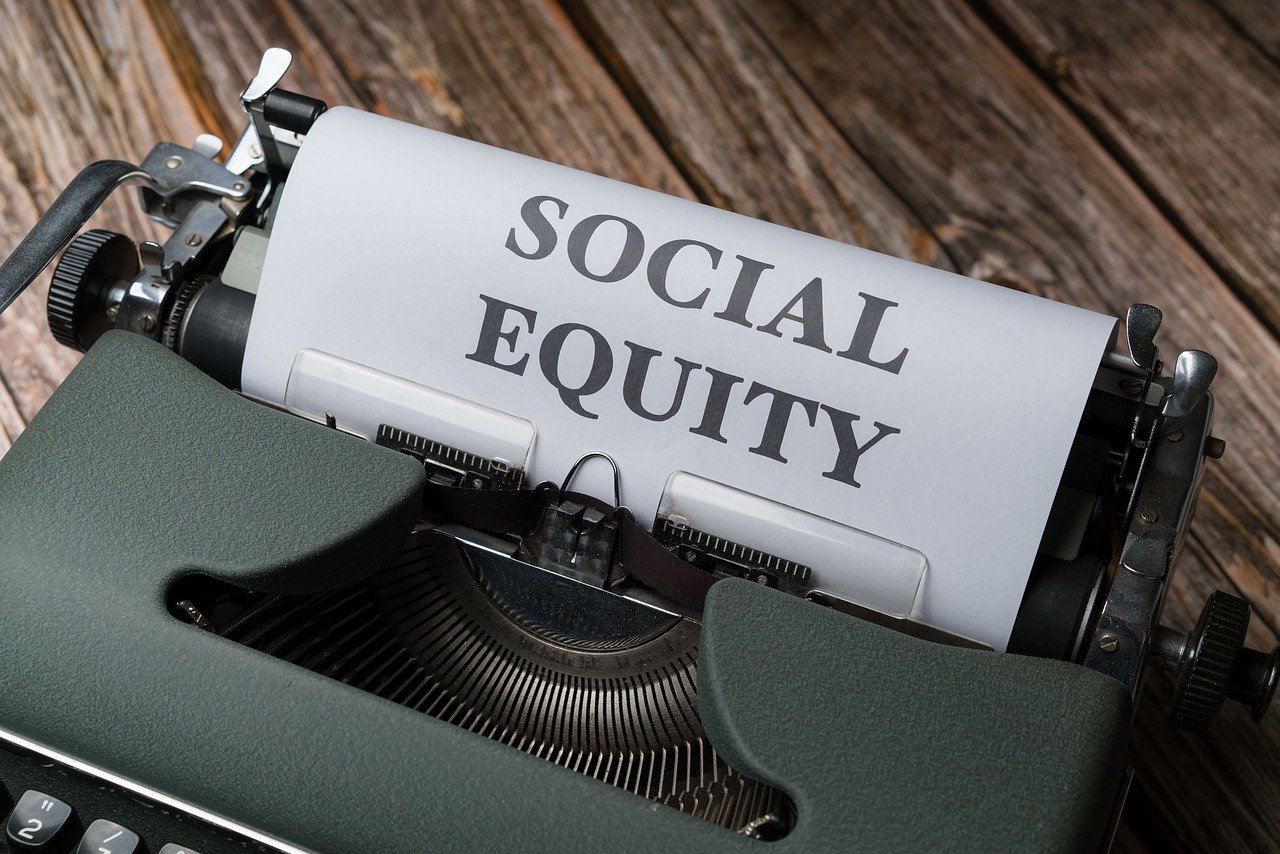The Blog
Unveiling the Socio-Economic Gap in Stocks & Shares ISAs

In a landscape where financial stability increasingly dictates one’s opportunities and quality of life, the role of education in bridging economic divides cannot be overstated. This article delves into the crucial, yet often overlooked, financial instrument – the Stocks & Shares ISA.
The stark contrast in awareness and utilization of this tool between different socio-economic backgrounds raises pressing questions: Why isn’t there a louder conversation about the benefits of a Stocks & Shares ISA, especially among young people? This article aims to unravel how equitable financial education is key to dismantling existing economic disparities. This exploration serves as a clarion call for a more inclusive financial environment.
The discussion about Stocks & Shares ISAs is often a tale of two worlds. On one hand, individuals from affluent backgrounds are more likely to be familiar with and utilize these investment vehicles. Evidence suggests a clear disparity: those raised in wealthier environments often receive informal education about such financial tools, either through family discussions, social networks, or access to financial advisors. Conversely, individuals from less privileged backgrounds not only lack awareness about Stocks & Shares ISAs but also the means to invest in them. This divide is not just about money; it’s about access to information and education.
Research conducted by UCL’s Faculty of Education and Society highlights significant socio-economic gaps in children’s financial knowledge. For instance, at age 17, there is a difference of around 14 places in the financial skills rankings between children from low and high socio-economic backgrounds. This gap emerges early in childhood and is sustained throughout schooling years.
The financial skills of 15-year-olds from socio-economically disadvantaged backgrounds are approximately the same as those of 11-year-olds from the most advantaged backgrounds, indicating that the root cause of inequalities in young people’s financial skills is taking hold before children enter secondary school. These findings illustrate a clear link between socio-economic background and financial literacy, particularly concerning the awareness and use of financial tools like Stocks & Shares ISAs.
The silence around the benefits of Stocks & Shares ISAs, particularly among young people from diverse socioeconomic backgrounds, points to a significant oversight in our approach to financial literacy. This gap perpetuates financial inequality, as knowledge and resources remain concentrated within certain segments of society, denying others the opportunity for financial growth and stability. The first step in addressing this inequality is acknowledging the disparity and understanding its roots in the uneven distribution of financial knowledge and opportunities.
A Stocks & Shares ISA is not just a savings account; it’s an investment platform. Unlike traditional savings accounts with low interest rates, these ISAs allow individuals to invest in a range of financial instruments like stocks, bonds, and mutual funds. The key advantage is the potential for higher returns compared to regular savings, coupled with the benefit of tax-free gains and dividends. This makes them an attractive option for long-term financial growth.
Indeed, with greater potential returns comes increased risk. Investments in a Stocks & Shares ISA are subject to market fluctuations, meaning the value can go down as well as up, and investors might get back less than they invested. Despite this risk, the long-term nature of these investments often mitigates short-term market volatility.
For many, the biggest barrier to using a Stocks & Shares ISA is a lack of understanding. This underscores the need for comprehensive financial education that demystifies investing, presenting it as an accessible and essential component of personal finance, especially for young people. By increasing awareness and understanding of these investment vehicles, we can empower a broader segment of the population to leverage these tools for financial betterment.
The crux of addressing financial inequality lies in democratising financial education. By making comprehensive knowledge about tools like Stocks & Shares ISAs accessible to all, especially the youth, we can level the playing field. Financial literacy is not just about understanding how to save; it’s about knowing how to grow wealth and secure financial stability.
Ultimately, fostering a society where financial knowledge and opportunities are not privileges, but universal rights, is key to eradicating the deep-seated economic disparities that exist today.
Join TEA! Let's shape the financial inclusion agenda together by facilitating inclusive investor engagement. Sign up now for FREE!
Join us
Sign up to our newsletter to stay up to date